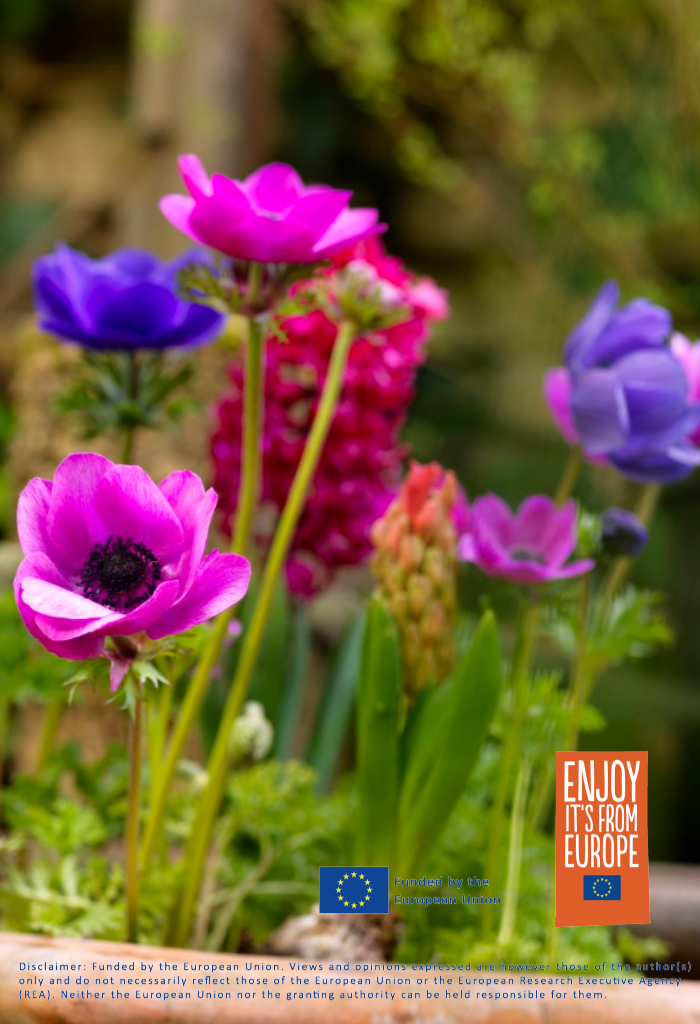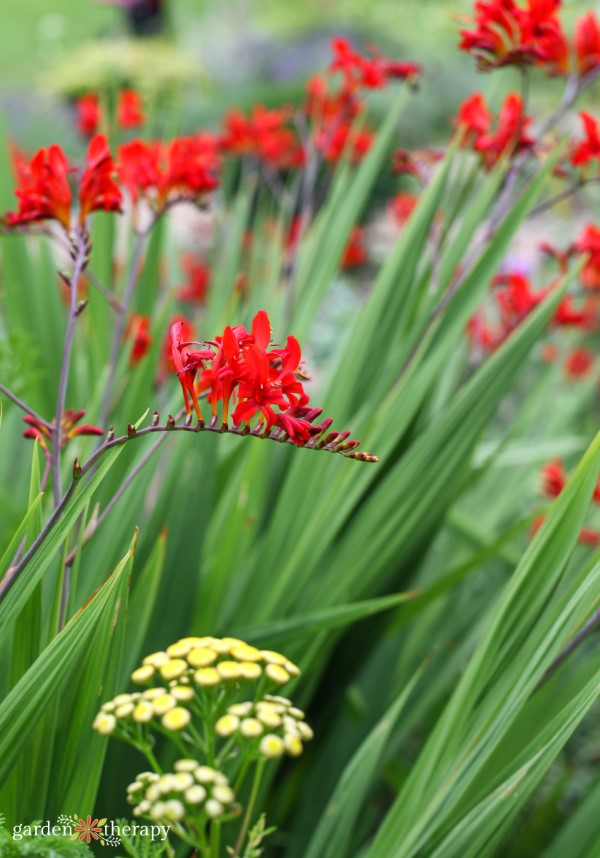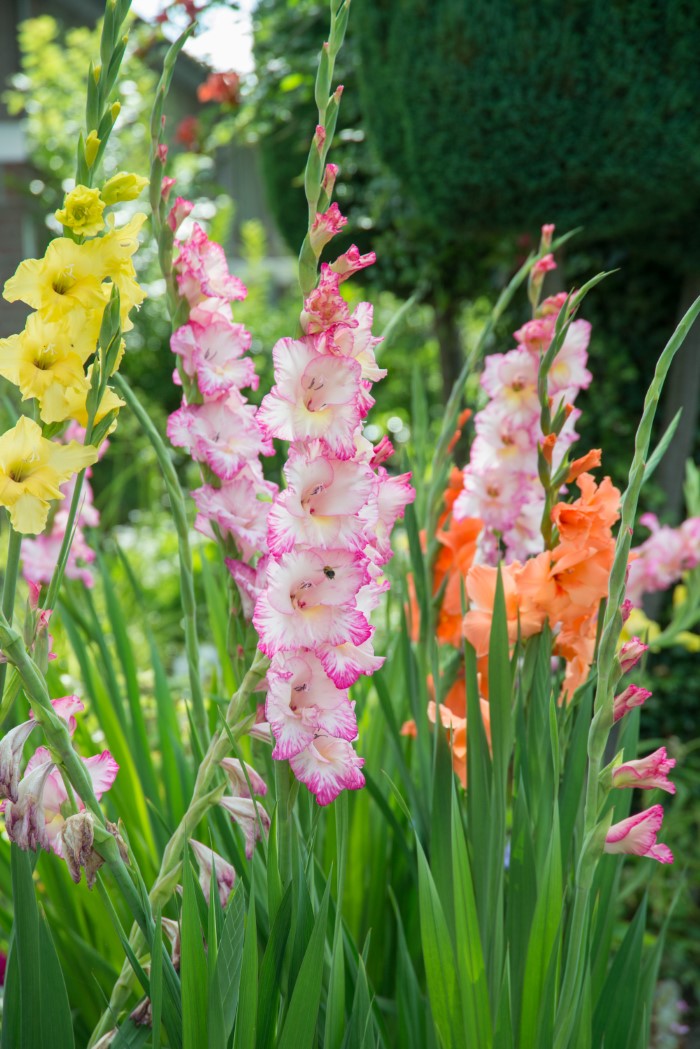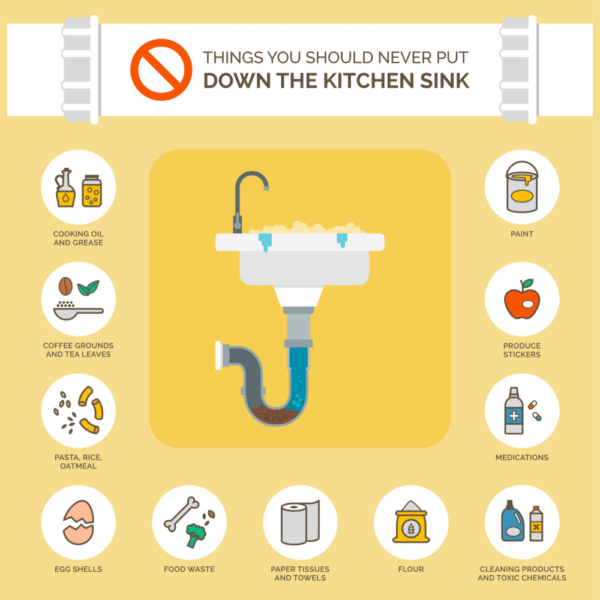Summer flowering bulbs provide some of the most striking colours in the garden, providing full-on shows and an encore all summer long. But in the winter, what happens if you decide not to dig up your bulbs and leave them to fend for themselves? Growing these flowers as annual flower bulbs is an easy way to kick your feet up at the display with half the work.
Real talk here. Your summer flowering bulbs may not overwinter. And that’s okay! So often, folks add too much guilt to planting tender summer flowering bulbs and ensuring they dig them all up to overwinter them.
To this, I say pfft! Ditch the guilt and grab a cocktail instead.
Bulbs have some of the showiest flowers around for the garden and, as an added bonus, cost less than buying large annuals sold in pots. Enjoy the beauty of the flowers for what they are during the summer, then forget about them in the fall. You can always get more next year.
The garden should be an area of refuge. When we worry too much about making them perfect, they become stress inducing, precisely the opposite of their intention. So relax, connect to nature, and use these instructions to grow these plants as annual flower bulbs instead!
SPONSOR GIVEAWAY: Be sure to read through to the end for a very exciting summer flowering bulbs giveaway courtesy of Flowerbulb.eu.
This post will cover…
Sponsored Content: I’m so excited to partner with Flowerbulb.eu to share the beauty of summer flowering bulbs. Go to Flowerbulbs.com for inspiration and education! The most stunning summer flowers often come from bulbs, rhizomes, corms, and tubers. They’re available now in catalogues and in-store.
Summer Flowers to Plant as Annual Bulbs
When you make your annual visit to the garden centre in March, April, and May (or many times if you’re like me), you’ll probably see a big display of summer flowering bulbs for sale.
These premium bulbs come in all kinds of vibrant colours, thanks to their subtropical origins. So you will surely have a stunning display if you choose some for your garden.
In my experience, these are the summer flowering bulbs most commonly available:
If you want more specific growing instructions for each of these bulbs (and a few more!), check out my guide to summer flowering bulbs.
While I’m encouraging you to plant these bulbs as summer annuals, many of them could come back the following year, depending on where you live. They have the potential to be hardy!

Cost Comparison: Bulbs vs Starts
When shopping at the garden centre, you’ll notice that you might have two options for a particular plant: the bulb which you plant yourself or a start which has already been planted and sprouted at a nursery prior to being sold.
Starts are great if you’re getting close to the end of the season and it’s too late to start bulbs. Otherwise, I like to go with bulbs for a couple of reasons.
- Bulbs are significantly cheaper. You can get multiple bulbs for the price of one start,
- You get more options. If you grow from a bulb, you tend to have more colour and variety options.
- Total control over growing conditions. Personally, I’m an organic gardener, and I want to ensure none of my plants have been sprayed with pesticides.
When to Plant Summer Flowering Bulbs
Summer flowering bulbs are sunshine babies, so they don’t like the cold very much. You will want to plant these bulbs after the threat of frost has passed.
Start them in early April if your climate allows it, but you can plant them until the end of May.
If you live in a very cold climate with extended frosts, you can still get ahead with this timeline, growing them in containers instead and starting the bulbs indoors instead. Then, you can simply pick up the container and move it outside when the frost has passed.
How to Grow Annual Flower Bulbs for Summer
Each bulb will have specific growing instructions, so be sure to read the label before planting. That being said, here are some general guidelines to follow:
- Plant the bulbs twice the depth as they are tall. Begonias and dahlias are the main exceptions, as they should be planted just below the surface.
- Use a trowel to dig your holes. Space out smaller varieties 10 cm apart and 25-30 for larger varieties like begonias, lilies, and dahlias.
- Point the roots down and the ‘nose’ of the bulb upward.
- After planting, give the bulbs a good watering. Keep watering the bulbs if it’s a dry spring.
- Plant the bulbs in areas with full sun (at least 6 hours of sunlight a day).
Growing Summer Flowering Bulbs in Containers
You can also create brilliant container gardens by planting them in containers. The planting instructions are pretty well the same, but here are some extra tips for growing them in containers.
- You can pack in the bulbs a little tighter than you would in the ground for a more colourful display.
- Choose a container with enough depth for the flowers and drainage holes.
- Use a potting soil mix. This will ensure the plant has enough drainage and circulation.
- Play with various heights, putting the tallest bulbs in the back. Also, see if you can stagger flowering times with early, mid-season, and late-blooming flowers.
As mentioned above, this works great for those with extended winter conditions and a shorter summer season. Start the bulbs 4-6 weeks before the last frost in a container, and then place them in a sunny window. Only water a little until you spot some growth. Then, move it outside once all threats of any frosty evenings pass.
What Happens If I Don’t Dig Up My Bulbs?
So, if you do leave your bulbs in the ground, what happens? Well, first of all, you can take a breather and enjoy the last bit of the summer sunshine before it disappears for the fall.
If you have a really cold winter, your bulbs will freeze and die, left to compost in the ground. They won’t return the following year. BUT, you’re no worse off than buying annuals and planting them.
Or, you might experience a mild winter or have an interesting microclimate. Then you get a little unexpected bonus of them returning the following year!
Growing these as annual flower bulbs is really a perspective change. Don’t get attached to them coming back, but if they do, you get a little something to be thankful for.
And if you really love your bulbs, you can certainly dig them up and store them for the winter. I have a whole guide on how to do that, too. This works if you have the time and room to do so and if you want to save some pennies on buying them again the next spring.

FAQ About Summer Bulbs
Which bulbs bloom longest?
Some summer flower bulbs will only produce a single flower stalk or two, while others can produce blooms all summer long. Some bulbs that will have long-lasting blooms in the garden include liatris, calla lilies, crocosmia, dahlias, gladiolus, caladiums, tuberous begonias, hymenocallis, crinum, and nerine.
How do you save summer bulbs?
While this post is all about embracing annual flower bulbs, you can choose to dig them up and store them for the winter if you prefer. Check out this post for more tips on storing summer bulbs.
What is the latest month to plant bulbs?
All of these summer bulbs will not be able to handle the frost, so you don’t want to plant them outside until after your frost date. Generally speaking, you should have them planted by the end of May. If you have a longer growing season, you may be able to get away with planting the bulbs later.



